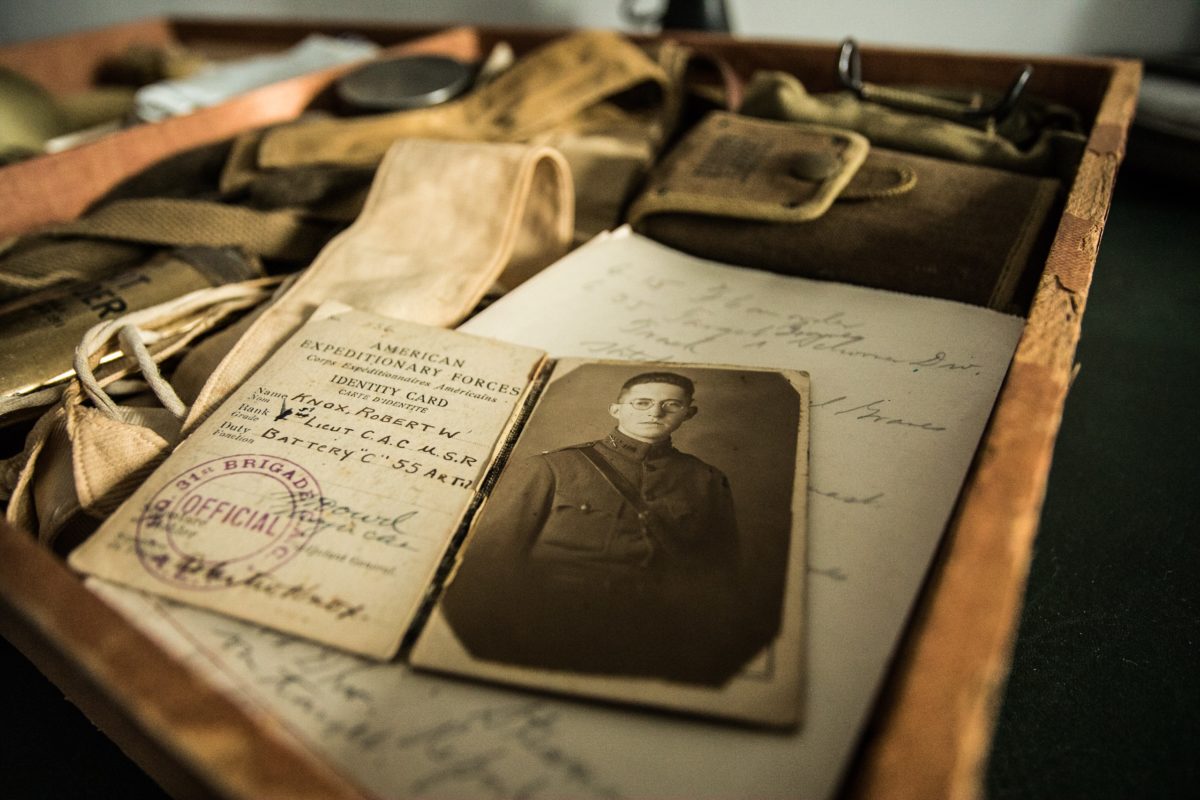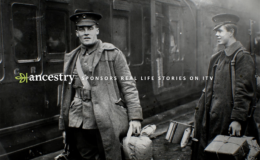

Making a family tree is easy when you combine research and DNA testing. Find out how to make the one that goes all the way back to ancient history.
It’s now possible to make your own family tree and find your relatives for little money. You don’t need to know how to do genealogy, all you require is a DNA Test and access to public archives via online resources to build your personal history.
What is a Family Tree?
It is a visual representation of your family members and relatives that spans several generations. Depending on your heritage, you might be able to trace your lineage back hundreds of years, but sometimes it can be smaller – especially if your predecessors existed during times of war.

It Start with your Grandparents
That’s because it covers multiple generations often requires the study of documentation from public archives like wedding certificates, census data and parish records to find distant relatives. Some websites offer this .
Major world events like war, the bombing of cities, and refugees forced to flee their homeland means that there may be gaps in your history because the documentary evidence may have been destroyed.
The Basics
Firstly, you can trace several generations into the past by talking to your elder family members and extended relations. Then you can use archival information to fill in the gaps and search for the members that go further back.
Alternatively, you might be interested in investigating your ancient ancestors and geographic ancestry composition to see where your family came from very early in the existence of mankind (tens of thousands of years ago). The only way to do this is with a DNA ancestry test like the one by AtlasBioMed. Often, people are interested in both methods because they contain different data:

- Recent relatives
- DNA ancestry
- Recent migrations and locations
- Ancestry composition by geography
- Names, professional activities and community
- Migrations of your ancient ancestors
- Narrative of your recent family history
- Haplogroup you belong to
- Making family trees for couples
If you and your partner want to know how to make family trees, then you need to account for twice the number of relatives. If you’re doing it on paper, it might be easier to create a separate tree for each spouse. Should you opt for the combined one, you will need an online service or software that can coherently construct the data from both sides of the marriage.
What does a Family Tree Look Like?
It is a schematic diagram of which you are the main focus. Starting with you at the bottom, two lines branch off reaching upwards towards your parents. Each parent also has two branches linking to their parents, and so forth as far back as you can track your lineage.
Each relative’s box should contain their full name and date of birth (preferably). The date of birth is important, particularly when using archival information, because many people may share the same name as your ancestor. Therefore, the date of birth allows you to determine whether this person is, in fact, your relative, and not someone else.
There are different signs to codify relationships between people, such as marriage, but when you’re starting off, you don’t really need to worry about complying with diagram codes. However, there are some important times when a professionally-made family tree can be essential:
- Attorneys seeking next-of-kin for inheritance
- A medical genogram to determine patterns of disease
- A social genogram to identify problems like abuse and their root
Do it on Paper
It’s possible to make a family tree on paper, all you need to do is collect the information about as many relatives as possible, their relationship to each other, and whether they are located on your mother’s side or your father’s. Then, starting with you, work your way backwards through your lineage. There are online video tutorials to help you make your drawing.

How to Research Family History
The first place to start is with the relatives you can easily contact: your parents, grandparents, aunts and uncles. Although parents tend to leave the past in the past when they’re raising young children, creating a family tree is a great way for adults to reconnect with their aging relatives
Another necessary step when contemplating how to do the research is consulting public records. Many of them are now available online for free or for a small fee. These documents can go back centuries, and that’s why they’re a great source of information when you’re making a family tree that goes far back in time. Here are just some documents that can help you:
- Birth, marriage, and death certificates
- Parish records
- Census data
- Military records
- Business registration
- Land deeds & wills
When you want to go way back in time and see the ethnic geography of your family, you’ll need to take a DNA test. It will break down what locations across the globe your DNA matches with and often includes a DNA ancestry pie chart so you can understand the information easily. Some DNA tests can even connect you with unknown relatives.
Can I do it For Free?
Figuring out how to without paying is actually quite simple. Interviewing your grandparents is an easy and free way to collect information about your most recent relatives. It has the added bonus of tea and biscuits too. In addition to that, in the UK, there are free websites that store some types of public archives like birth and death certificates.

You don’t even have to draw your family tree by hand because there are some online services that will allow you to make it for free. However, you should always read the terms and conditions to make sure you understand what they are doing with your personal data.
The Final Word
You don’t have to be a genealogy expert to finish this task. All you need is a bit of spare time, determination and decent ties. In fact, it’s likely that another relative has already started this work so ask your family about looking up family trees, they might be able to speed up your research and tell you interesting stories about your ancestors.
To sum up, building family trees is a great activity for everyone involved, and an incredible way to reconnect with your older relatives and discover the narrative that brought you into existence. It’s also a pleasant hobby that gets you away from the TV screen and actively engages the brain.














